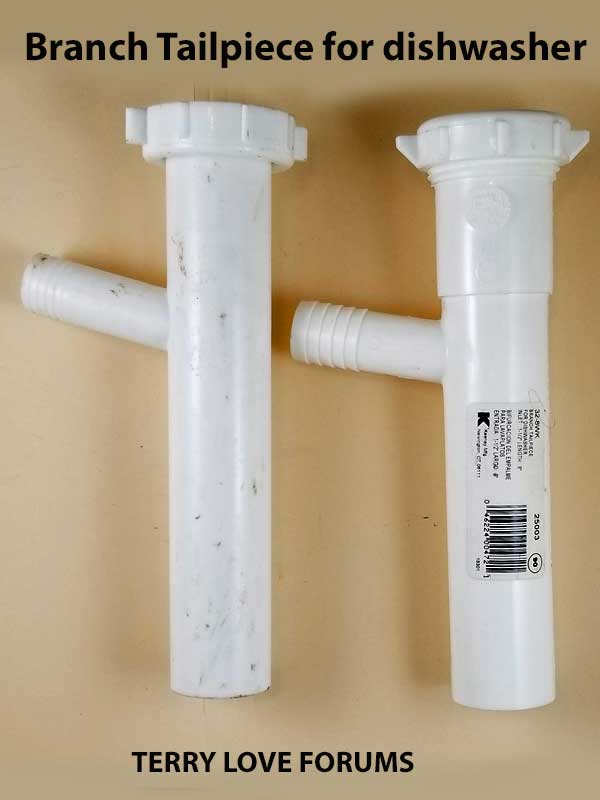patrick2
New Member
- Messages
- 9
- Reaction score
- 0
- Points
- 1
I am leaning towards running a new condensate path as the cast iron vent has a lot of buildup and backs up easily - even after going it at it with a handheld power snake. I'd also like to stay within code.
I thought the bathroom sink p-trap would be a good idea but can only find a dishwasher drain branch tailpiece locally. Is that within code compliance?
I thought the bathroom sink p-trap would be a good idea but can only find a dishwasher drain branch tailpiece locally. Is that within code compliance?


